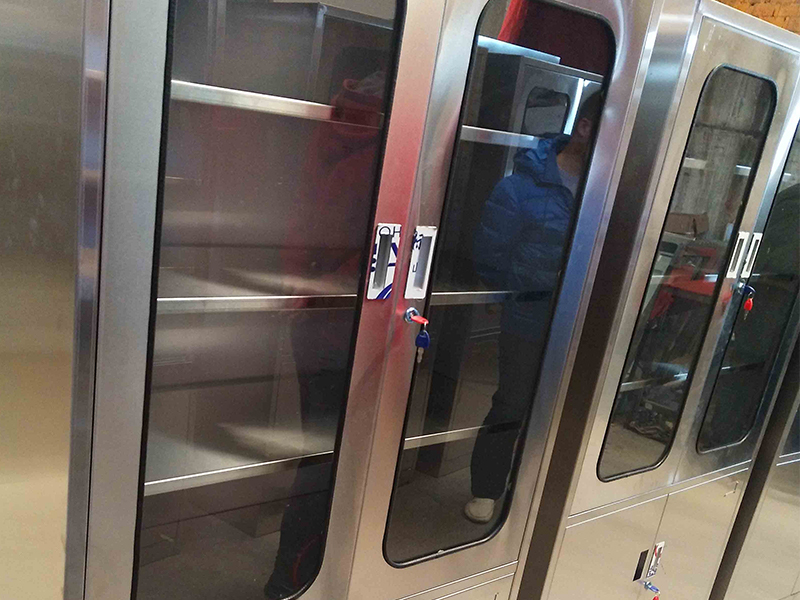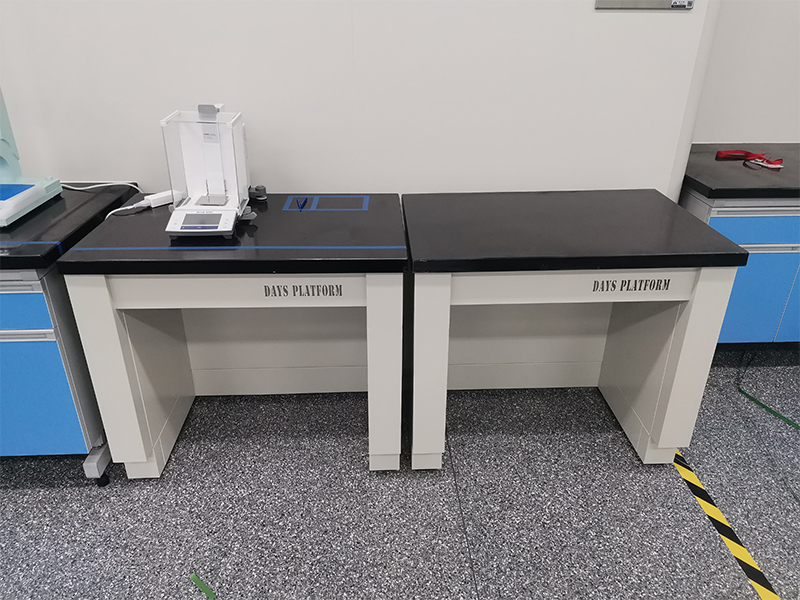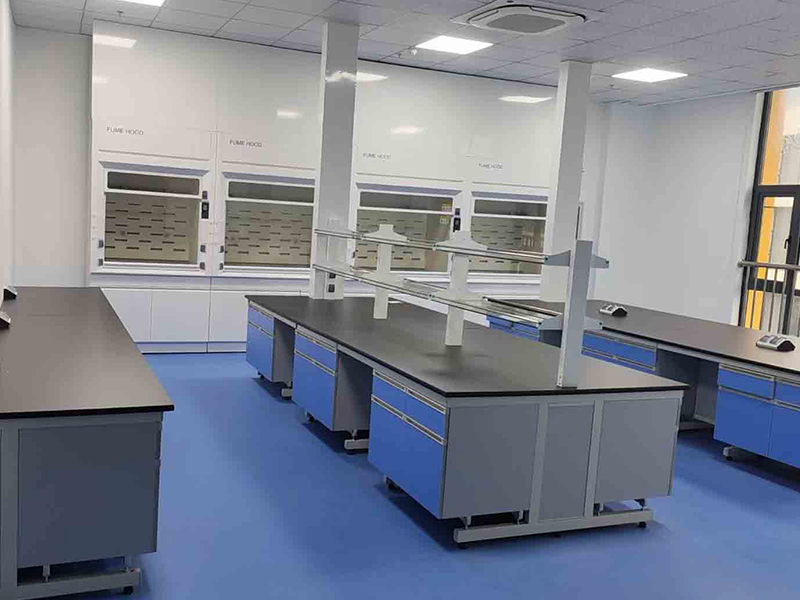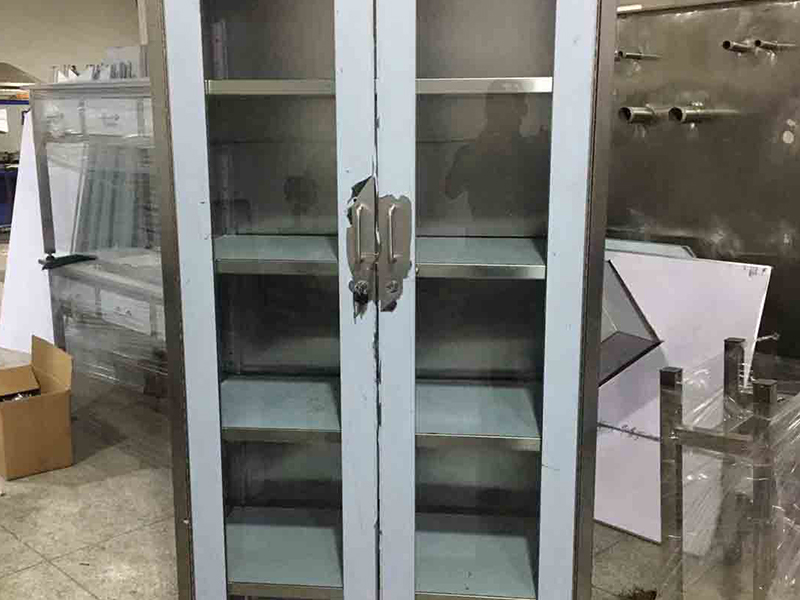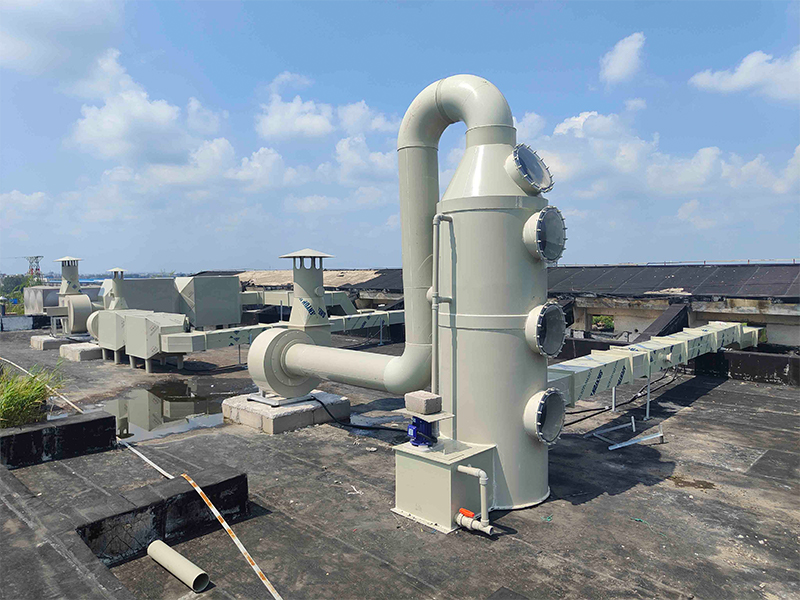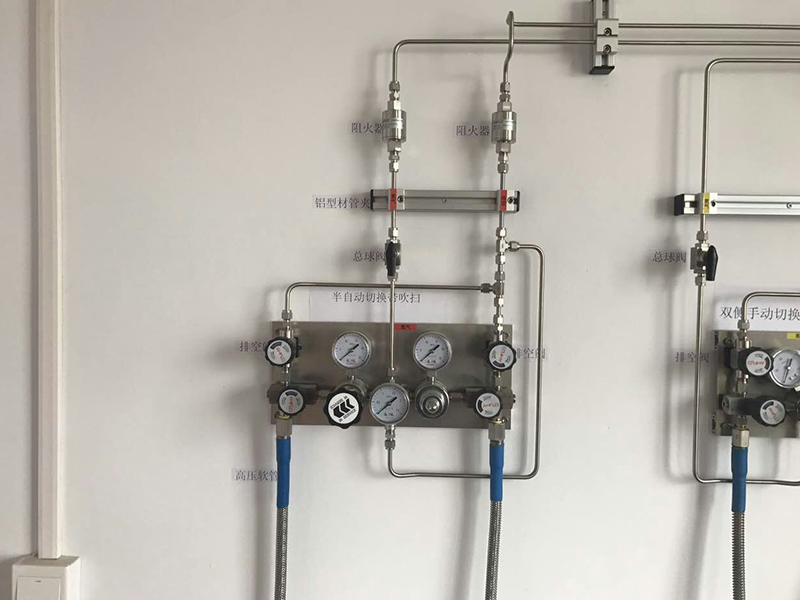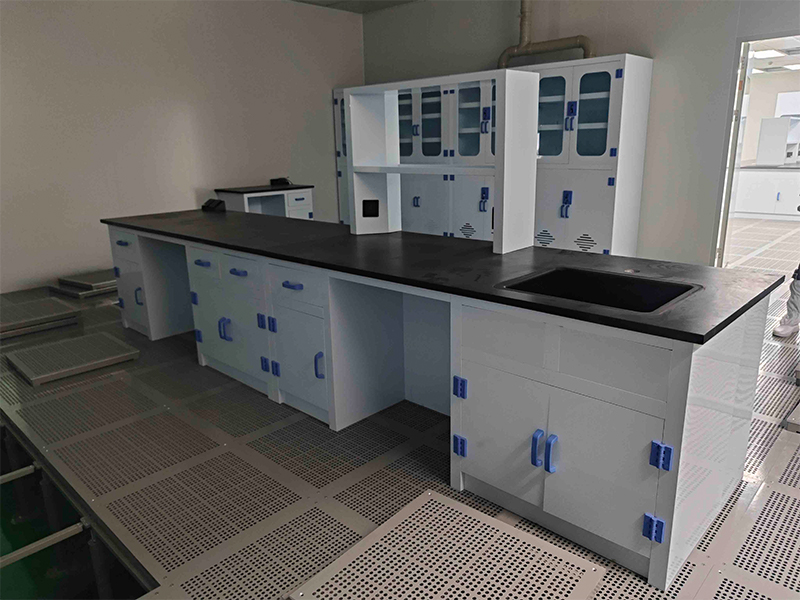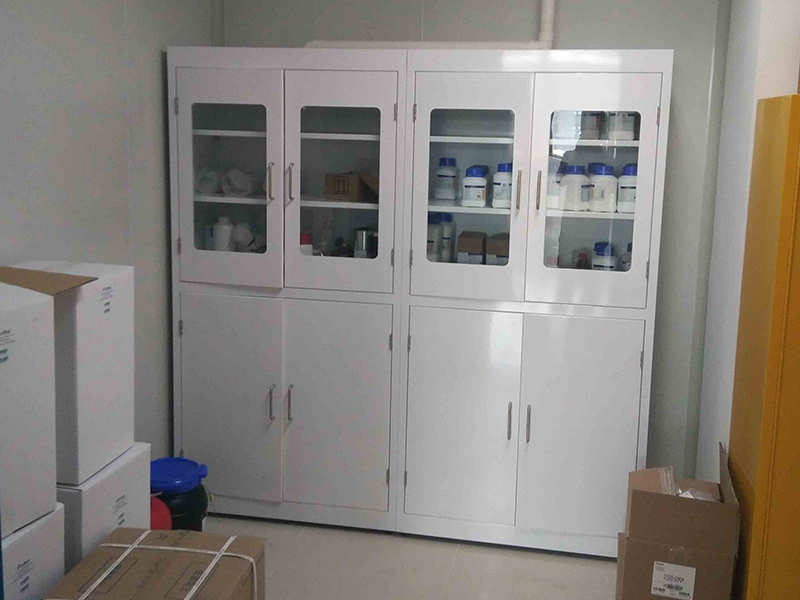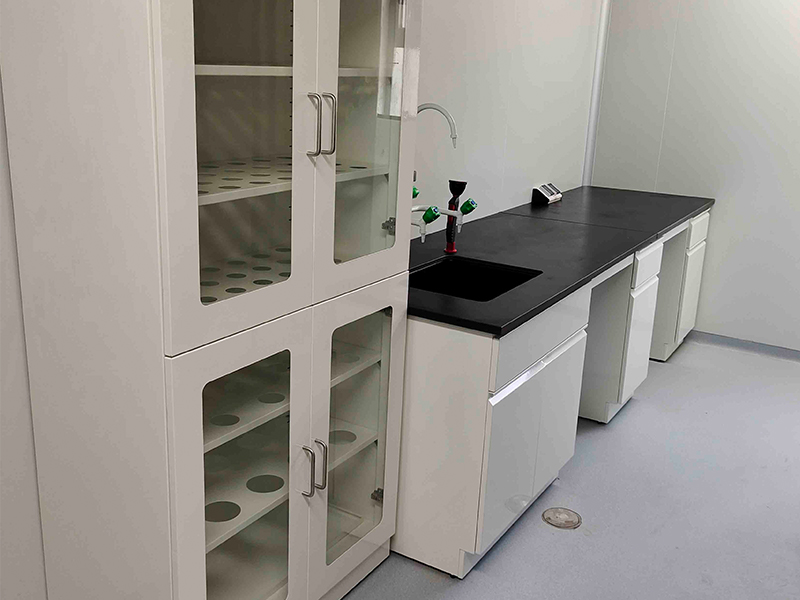Let’s be real—chemicals are kind of terrifying when you think about what could go wrong. Those yellow lab Chemical Cabinets? They’re not just for show. They’re the fortress between you, an accidental spark, and a trip to the emergency room.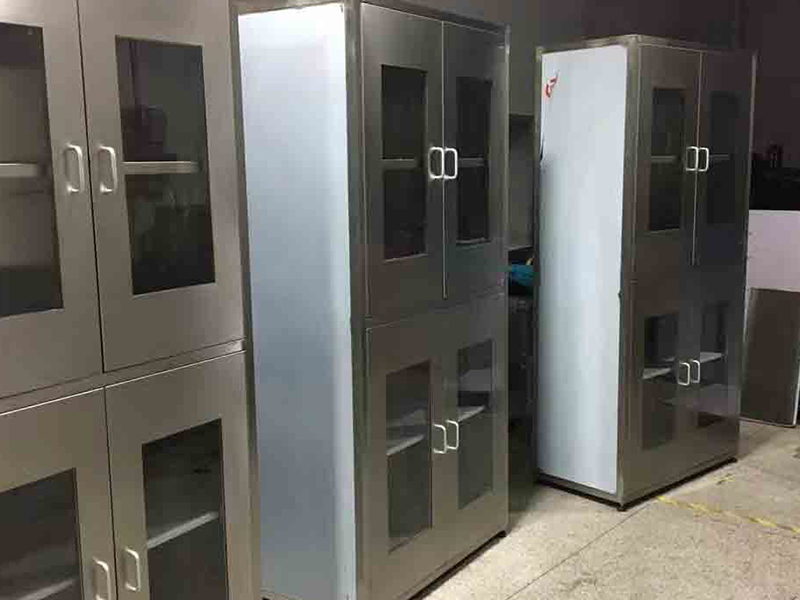
These bad boys are usually made of steel, stuffed with fire-resistant stuff, and sometimes they’ve got doors that slam shut if there’s trouble. Some even come tricked out with vents (so you’re not marinating your lab in flammable fumes) and trays to catch leaks before you get something dramatic—like an indoor fireworks show. And, for some reason, you’ve gotta label everything like you’re auditioning for “Extreme Couponing: Hazmat Edition.” Chemicals need to be separated too—think less “mixed drinks” and more “high school dance, chaperoned.”
Rules? Oh yeah, there are enough to make your head spin. Cabinets don’t belong near anything hot or sparky (because, duh), and they need space to breathe. Cramming as many bottles as possible inside like a game of hazardous Tetris? Big no-no. Regular checks are the norm—make sure locks haven’t gone rogue, seals are still doing their job, and you’ve got a fire extinguisher that’s not just collecting dust. Oh, and training: because nothing’s more fun than a fire drill in an already stressful lab.
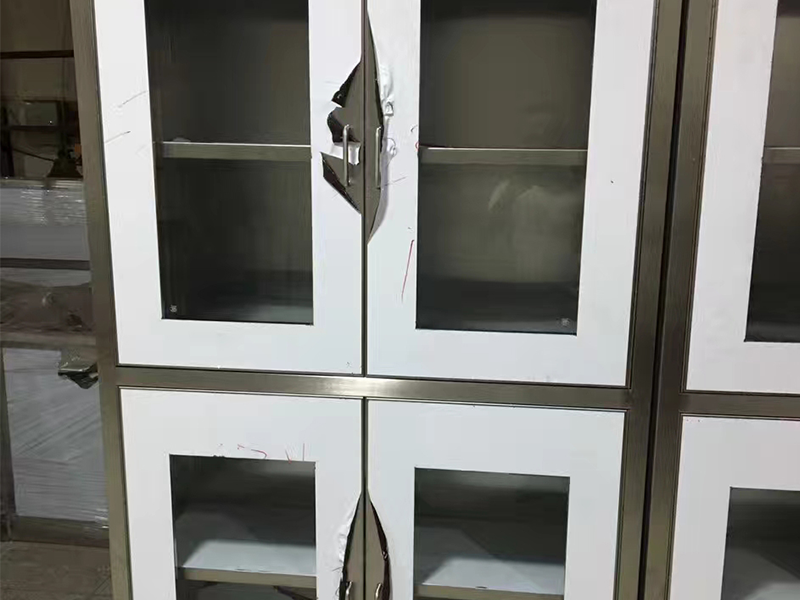
Thing is, real disasters have happened—and usually because someone played fast and loose, mixing chemicals like they’re making a questionable cocktail. Certified, fire-resistant cabinets and following the rules? That’s how you avoid being the next horror story in safety training.
Bottom line: use the right chemical cabinets, follow the regs, and don’t get lazy. You’ll keep your lab (and yourself) in one piece—and let your boss sleep at night.
